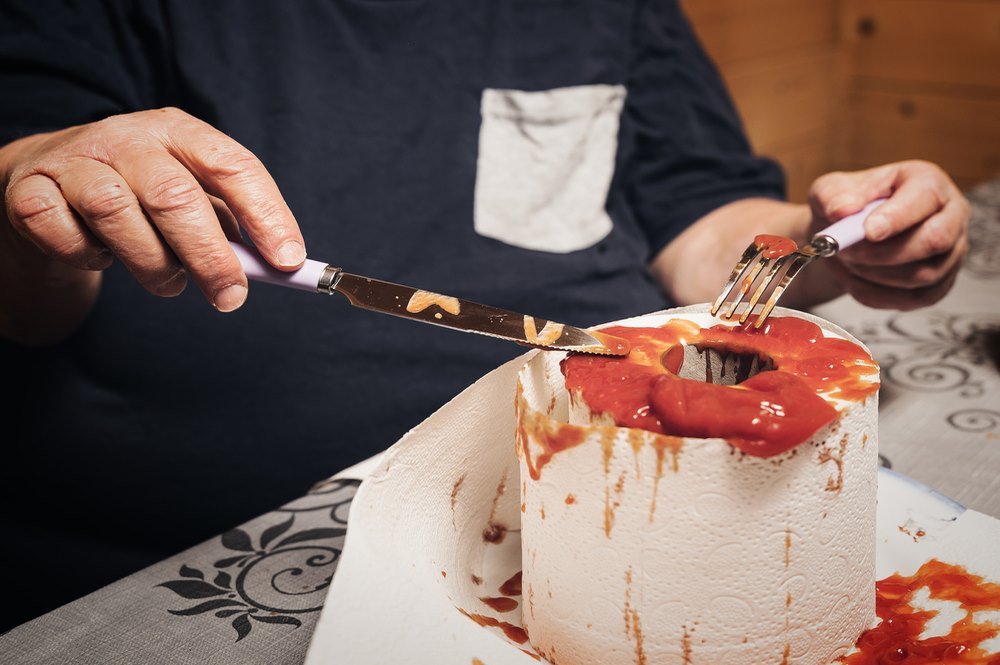Pica Eating Disorder

Pica is an eating disorder in which people continuously eat things that have no nutritional value and are not considered to be food. A persistent, severe pattern of behavior that lasts at least a month must be addressed by a clinician.
There are various types of substances that can be consumed, depending on the age and availability, and might include paper, soap, paint chips, cloth, string, hair, chalk, pebbles, charcoal, coal, metal, or clay. Pica patients are typically not averse to food in general. [7]
The practice is not culturally supported and is not appropriate to the individual’s developmental level. Pica may begin in childhood, adolescence, or adulthood, although it is most commonly diagnosed during childhood. Children under the age of 2 are not diagnosed with it. Children under two years of age normally put small objects into their mouths as part of their development. Pica is often associated with autism spectrum disorder and intellectual disability, but can also affect otherwise typically developing children.
Those with pica are at risk for intestinal blockages or harmful effects of substances they consume (for example, lead in paint chips).
